Elefantenklo
An oversized, oddly designed pedestrian overpass has drawn comparisons to a commode for pachyderms.
Considered a prime example of ill-conceived urban development, the Elefantenklo (German for “Elephant Toilet”) is famous for being one of the ugliest structures built in post-war Germany. It has nevertheless stood for almost 50 years, and is widely regarded to be the most distinctive landmark in Giessen.
As the German economy boomed through the 1950s and into the 1960s, car ownership increased, as did traffic. To help alleviate the resulting congestion, the town of Giessen planned to transform an existing roundabout into a higher-volume intersection with an elevated pedestrian crossing. The bridge was great opposed even in the planning phase, but the city went ahead with construction, reaching completion in 1968. When the footbridge was inaugurated on September 28th of that year, people derisively referred to it as the Elefantenklo. The name stuck.
There were many reasons for the nickname. The footbridge was—and still is—exaggeratedly large for the few pedestrians who actually have need of it. In addition to the inhuman scale, the platform of the bridge features three strange holes. Perhaps they were intended to provide daylight to the automobile traffic below; perhaps, as a popular urban legend has it, the holes exist due to a miscalculation of the amount of concrete needed for the project. Whatever the reason for the existence of the holes, their presence makes the bridge look strikingly similar to a gigantic outhouse bench seat. Even beyond the peculiar appearance, however, the biggest reason for the nickname was the fact that the inhabitants of Giessen hated the bridge.
As time went by, the Elefantenklo proved to be problematic not only in terms of aesthetics and popularity, but also in terms of municipal finances. The original wooden stairs deteriorated rapidly and had to be completely replaced. Escalators which were added to the bridge have proven undependable and are chronically out of order. An elevator was installed to provide handicapped accessibility; it, too, is frequently inoperative. Maintenance needs are continual, and costly.
There have been many plans to tear down the footbridge. All of them failed, mainly because demolition would itself be expensive, but also because, over time, the citizens of Giessen found that they did not want to lose their landmark. Grudgingly hated in the beginning, the Elefantenklo is now grudgingly loved. The city has tried to make the bridge more attractive, installing benches, flowerpots, and temporary sculptures, all to no avail. The latest attempt to beautify the bridge was the 2014 installation of a waterfall pedestrian mall side of the bridge. Thus, as locals have wryly observed, the Elefantenklo is finally able to flush.
Know Before You Go
Accessible at all times.
Community Contributors
Added by
The Atlas Obscura Podcast is Back!


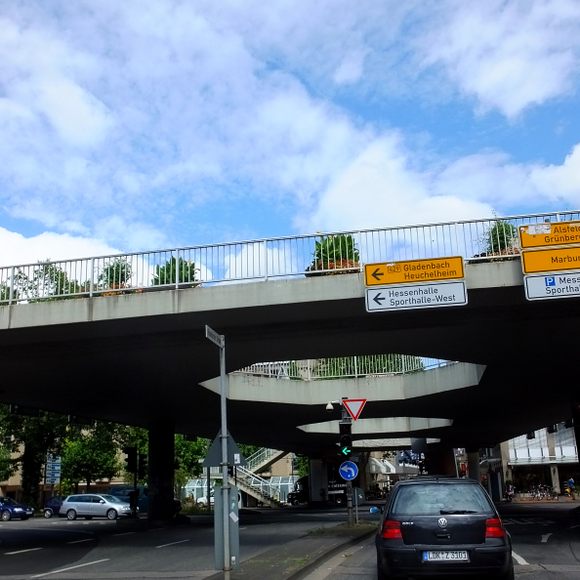


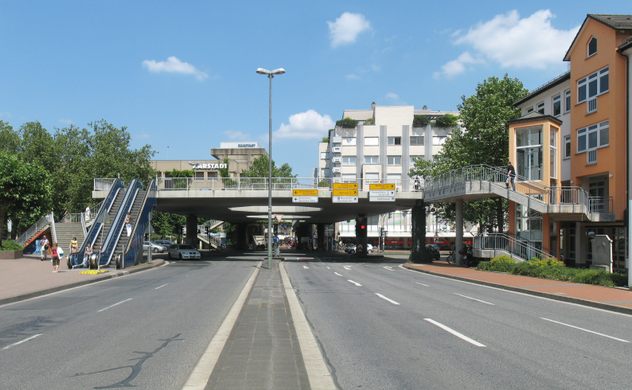
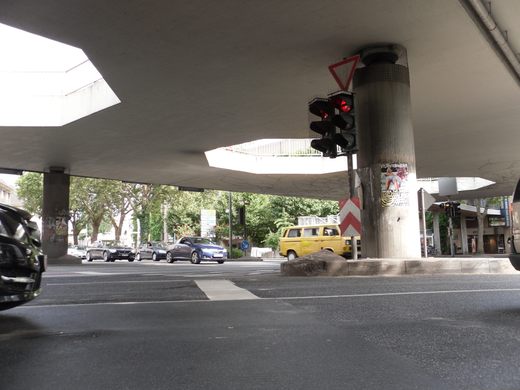
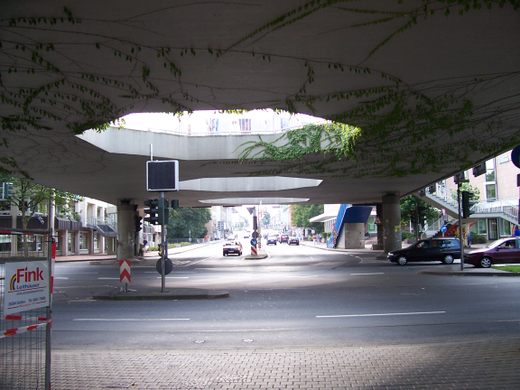
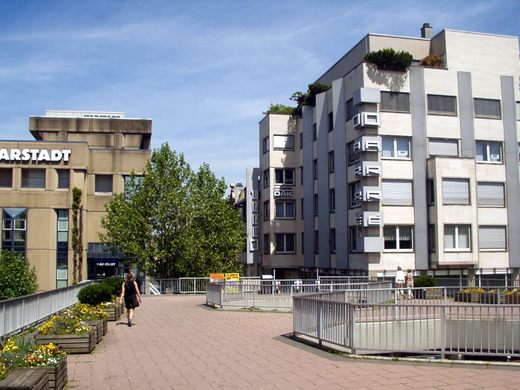








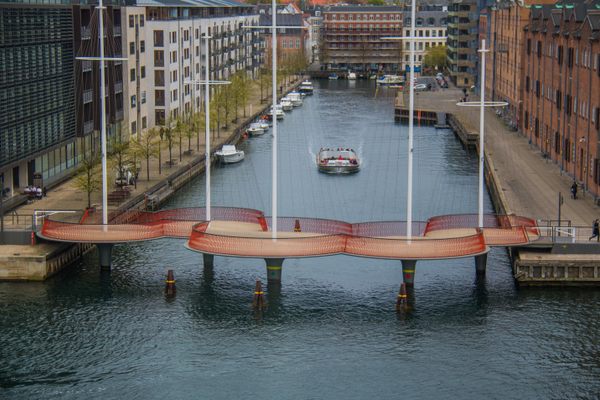


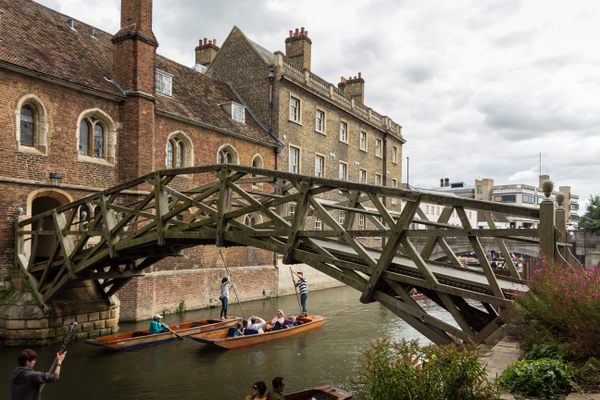

Follow us on Twitter to get the latest on the world's hidden wonders.
Like us on Facebook to get the latest on the world's hidden wonders.
Follow us on Twitter Like us on Facebook